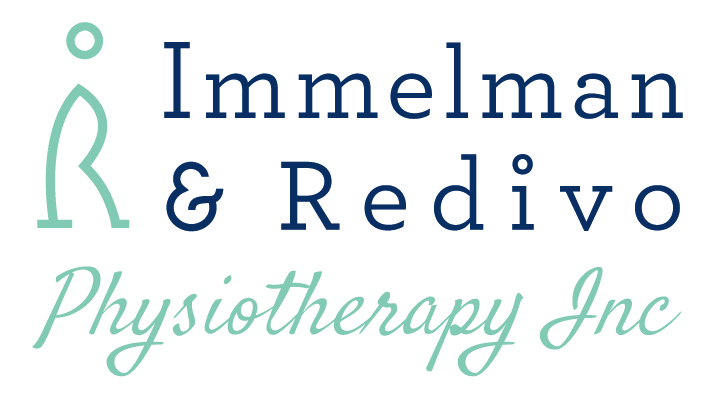Respiratory System
Respiratory physiotherapy includes the upper and lower respiratory tract, as well as the vascular system. Physiotherapists can effectively improve the respiratory efficiency with treatment of conditions involving the lungs, sinuses and chest wall.
Chest Physiotherapy
Physiotherapists can effectively improve the respiratory efficiency with treatment of conditions involving the lungs and chest wall. These conditions include but are not limited to respiratory infections, bronchitis, asthma and acute trauma to the chest wall. This is done with various techniques including percussions, postural drainage, saline inhalations, breathing exercises and advice on management at home. Shortness of breath can also be treated and advice specific to each patient can be given for home management.
Physiotherapy can be done to prevent further interventions like antibiotics and to aid in recovery when already using antibiotics. One can nebulise at home to assist with keeping thick secretions loose, but seeking medical attention earlier than later is helpful.
Sinusitis
Sinusitis is the inflammation of the air-filled sinus cavities in the face and often causes pain, increased mucous secretion and post nasal drip that can lead to secondary infections. Physiotherapy aims to assist in the clearance of the sinuses with inhalations, anti-inflammatory treatment, dry needling and mobilisations of the neck. There is a relationship between the neck structures and sinusitis. Irritation and inflammation of the sinuses can lead to facial, head and neck pain and visa versa. This can be due to stimulation of the autonomic nervous system. Physiotherapy treatment of the neck which may include soft tissue release and cervical mobilisation can assist in the management of your pain.

